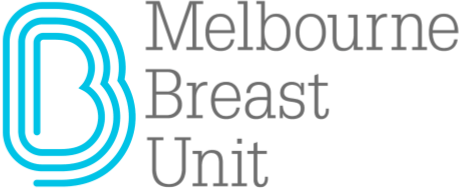First Visit
What Can I Expect at My First Consultation?
When you first arrive at our rooms you will be greeted at reception. They will ask you to complete a patient information sheet while you wait to meet a Nurse Practitioner who in turn will take you medical history in preparation to seeing the Surgeon. You can be assured that your information will be treated with the utmost of confidentiality.
Our surgeon will then:
- ask you about your previous medical history, your current symptoms, and
- perform a clinical breast examination.
Patient History
A history provides important information and includes details of:
- current medications or recent changes, especially hormones such as the pill / HRT
- hormonal status /menstrual history
- previous breast problems, particularly previous breast investigations, biopsy results
- risk factors, particularly strong family history of breast /ovarian cancer.
- previous/ recent imaging /date and results /screening or diagnostic.
History of presenting symptom
- site — constant or changing
- duration — when and how first noted
- any changes since first noted
- relationship to menstrual cycles or Hormonal medication
- associated symptoms.
Clinical Breast Examination
A Clinical Breast Examination
provides further information on which to base further investigation.
After the woman has removed all clothing from the upper half of her body, our surgeon will look at her breasts while she is seated to see whether any changes are visible.
Following this, you will be asked to lie down, so our surgeon can examine both breasts and nipples as well as the armpits.
The physical examination should establish the nature and site of any abnormalities found either on visual inspection or palpation of the breast.
In particular, the physical examination should establish whether there is a discrete lump present or an area of textural change.
The findings of the clinical examination
should be correlated with the area of concern found by the patient or referring doctor, and also specifically with any abnormalities which may have been reported on imaging.
Diagnostic Imaging for Breast Cancer
The distinction between diagnostic breast imaging for the assessment of breast symptoms and breast screening is an important one.
Screening is an assessment for women who have no breast symptoms. These women are being assessed, usually using mammography alone, with the aim of detecting breast cancer at an early stage. Women with breast symptoms are most appropriately assessed at a diagnostic imaging facility, often using both mammography and ultrasound, to provide an explanation for their symptoms and exclude breast cancer as a cause.
The sensitivity of mammography increases with increasing age. Sensitivity is improved with the addition of ultrasound over all ages though the size of this benefit is greater in women under the age of 50 years.
Given the limitations of both mammography and ultrasound, they are often used in a complementary capacity to give information in the evaluation of breast abnormalities. Mammography and ultrasound used in combination will correctly identify about 95% of breast cancers in symptomatic women. Therefore, a small but significant proportion of breast cancers will not be diagnosed on imaging alone and clinical opinion is crucial in determining whether further testing such as biopsy is needed, despite normal imaging findings.
For any further information feel free to contact us on (03) 9419 1166
or via email breastunit@breastunit.com.au



